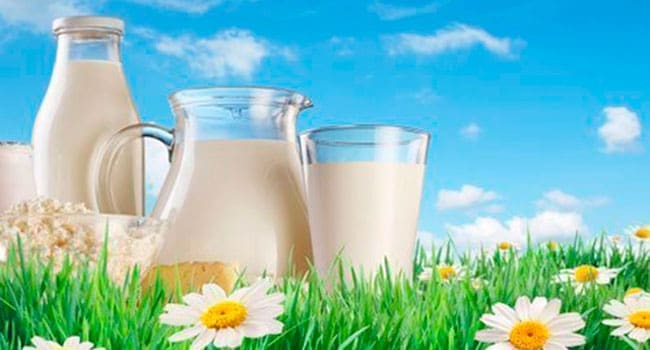 The new principles Health Canada will use for its next food guide signal a complete revamp of our rainbow of food groups.
The new principles Health Canada will use for its next food guide signal a complete revamp of our rainbow of food groups.
It appears a plant-based diet will be strongly encouraged. We might even see a focus on more plant-based proteins like beans, lentils, nuts and tofu in the next Canada’s Food Guide. This would represent a significant departure from what we’ve seen in the guide since its establishment in the 1940s.
Health Canada also suggests other significant changes, making many traditional agriculture sectors anxious.
While the guide’s current format of groups and colours has proven convenient and simple, the proposed changes aim for a nutrition-based approach. That will likely group proteins and apply to all dietary needs, vegan or vegetarian lifestyles included.
It probably won’t abandon outright the main staples that Canadian consumers have embraced for decades, but the food guide will look and feel different. The next version will acknowledge, at last, that Canada has a dynamic, heterogenous food market. It will also encourage Canadians to drink more water, and entice them to cook more and eat together. That’s all good news.
The current food guide clearly has baggage. The first guide, in 1942, was intended to build demand for Canadian commodities during the Second World War. Concerns about food security were acute and Canada sought to be a food-sovereign nation. Agricultural embargoes were frequent.
But things have changed and we have a more open food economy. The shift in food geopolitics means consumers have different choices and expectations.
In the past, things went too far when commodity-driven recommendations were incorporated into the guide, supported by questionable science. For example, encouraging adult Canadians to have two cups of milk a day is just absurd. We’re one of few countries still advocating this.
The Dairy Farmers of Canada may not like this but Canada in 2017 is a different place. Many immigrants don’t drink milk. Many consumers suffer from intolerances and allergies. And we have many more choices than Canadians had in 1942.
This time, Health Canada did the right thing: it listened to Canadians. More than 20,000 Canadians have responded to requests for food guide suggestions, making the process more open and democratic than ever. Parents, teachers, physical education professionals and fitness enthusiasts, culinary experts, and many more community-based groups, including food banks, got involved. This is exactly what was needed.
The principles suggested by Health Canada show they want a food guide primarily for Canadians.
However, that guide may be at odds with some agricultural policies.
Canada’s protectionist supply management system of quotas and tariffs shows that our dairy sector, for example, is vital to the agricultural economy and must be protected. The dairy sector’s economic contribution over the years has been unparalleled. However, Canadian per capita milk consumption has dropped significantly over the last few decades. The new food guide could lead Canadians even further from milk, compromising the welfare of many farms. The same effects will be felt in the cattle industry.
As we necessarily put consumers first, we also need to reflect on what will happen to Canadian farming. The next food guide will make the disconnect between Canadian agricultural policies and food consumption much more obvious. The new food policy framework, being considered by Agriculture Canada, must address this gap.
In the end, though, what matters most is how the guide resonates with citizens and how it can be used. This won’t be easy. The current version is really a tool for elementary schools, not for consumers looking for answers.
Perhaps we’ll need two guides: one for health professionals and one for regular consumers. Both would be designed to achieve similar outcomes, with messages articulated differently.
For consumers, the economics of food should also be recognized. Food is expensive, and all consumers must be made aware of their options.
Revamping our rainbow of food groups is obviously a multifaceted undertaking.
Dr. Sylvain Charlebois is senior director of the agri-food analytics lab and a professor in food distribution and policy at Dalhousie University.
Sylvain is a Troy Media Thought Leader. Why aren’t you?
The views, opinions and positions expressed by columnists and contributors are the author’s alone. They do not inherently or expressly reflect the views, opinions and/or positions of our publication.

